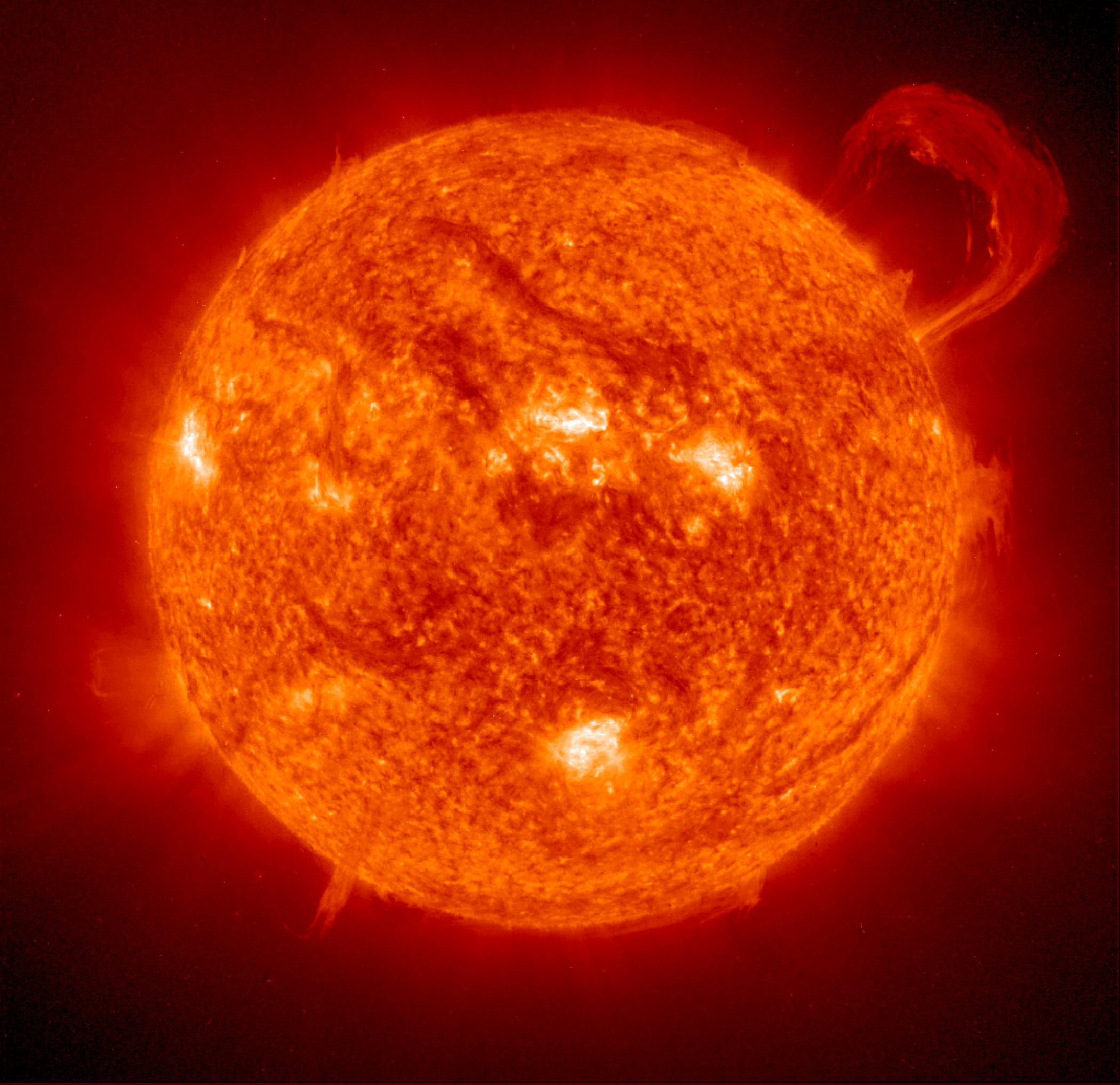 My book-bombed work is the time-travel novella "A Time Foreclosed." It comes bundled with a bonus short-short, "Grandpa?", basis of the hilarious, award-winning, short movie "The Grandfather Paradox." Here's the Kindle link for "A Time Foreclosed."
My book-bombed work is the time-travel novella "A Time Foreclosed." It comes bundled with a bonus short-short, "Grandpa?", basis of the hilarious, award-winning, short movie "The Grandfather Paradox." Here's the Kindle link for "A Time Foreclosed."Funny thing ... this all came about because of another of my stories. "Championship B'tok," a 2014 novelette in Analog, ended up on this year's Sad Puppy slate for a Hugo Award. (Sad Puppies is a whole 'nother funny story.) "Championship B'tok" is the latest installment in my popular, long-running InterstellarNet series.
(B'tok? I'm glad you asked. It's a game of strategy played by the alien Snakes. B'tok is to chess as chess is to rock-paper-scissors. You do NOT want to get into a war with the Snakes ...)
Why, then, is "A Time Foreclosed" a book-bombed work? Because it is available online while "Championship B'tok" is not, and Larry and Brad are all about (fairly enough) authors being paid. If you're interested in "Championship B'tok," shoot me an email (eml (at) edwardmlerner.com) and I'll email back a copy. If you're a Hugo Award voter ... well, you'll connect the dots.
And you'll find plenty more good stories to consider via that Book Bomb link.
Final word: no one will complain if you share, tweet, blog, or otherwise pass this along. That's how book bombing works :-)
March 1, 2015 update. See B'tok (and ka-Boom).


































